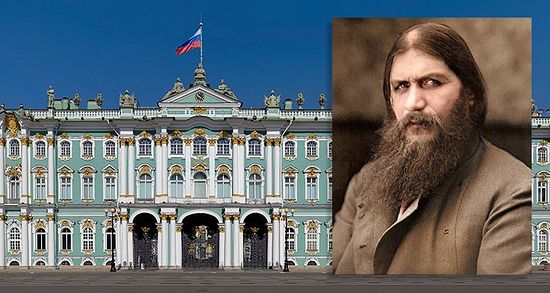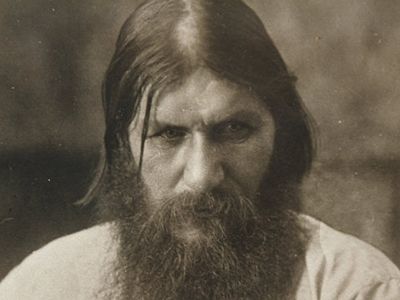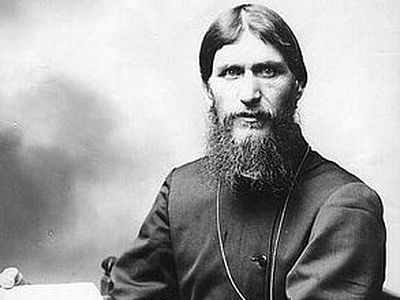The editorship of Orthodox Life is troubled by recent signs, even among certain members and clergy of the Russian Orthodox Church Abroad, of a revisionist history taking hold regarding the tumultuous and tragic events of the early 20th century — namely, the controversial and enigmatic figure of Grigory Efimovich Rasputin. We therefore offer this thorough and sober investigation by a respected scholar and historian of the Russian Church. May this question be finally put to rest, so that without discord and tumult in the Church, we may worthily honor the life and sufferings of the Holy Royal Martyrs and all the New Martyrs and Confessors of Russia, especially in the current and upcoming anniversary years.
A version of this article first appeared in the March 2017 issue of Holy Trinity Monastery’s Russian-language journal Православная Русь.
Russia is living through complicated times. The country is being reborn after disintegration and abasement. A torturous search for a national idea is afoot. All these processes are undergirded by a colossal, partly frenetic spiritual tension in our society. The huge number of magicians, astrologists, psychics, and healers who appear on television and in print are a clear indication that the populace is ill, and gravely so.
"So this messenger of death stands between the throne and Russia... He kills because he is two-faced."
One symptom of this illness is the veneration in certain — albeit narrow — circles of Grigory Efimovich Rasputin. The facts of his life are so widely known there is no need to recount them here. For us, a different question is important — why has a movement appeared for this person’s canonization and what are the arguments, both for and against? This discussion is unavoidable in order to develop a firm position on such a complex question and so as not to fall under the influence of pseudo-ecclesial agitators and, in the final equation, to not do harm to our own spiritual state.
Attempts to realize the canonization of Rasputin are fraught with several negative consequences. First, admirers of “elder Grigory” make of him a certain symbol of “folk Orthodox tradition,” set against the “bishops-bureaucrats.” The movement thereby carries an anti-ecclesial character. Even after the Commission on the Glorification of Saints of the Holy Synod of the Russian Orthodox Church has expressed its authoritative view against the glorification of Rasputin among the saints, his self-willed apologists nevertheless venerate him as a saintly elder and martyr.
Second, the canonization of such a character as Rasputin would throw a shadow upon the Royal Family and would undermine the credibility of their own glorification. Such an act would also be a huge gift to the anti-Orthodox media, giving them an excuse to pour dirt upon the Church.
Rasputin — Man and Myth
Did he truly love the Royal Family? If it were so, he would not have discredited them in the eyes of the public by his behavior.
Men like Rasputin appear specifically at moments of crisis and a tension immediately arises surrounding them. About him are layered a large number of the most varied myths. Some consider him a saint, others — a cunning and immoral scoundrel. It is difficult to prove or disprove anything when it comes to Rasputin. The thing is, the extant witness accounts of him conflict in the extreme. Even descriptions of his external appearance made by people who associated with him are so contradictory that one is given to wonder. Some write that he was tall, others — not so tall. Some write that he was, for a peasant, tidy, others — that he was dirty and unkempt. A singer who saw Rasputin many times describes his rotten teeth and foul breath; whereas the writer Zhukovskaia, who knew him well, informs us that his teeth were impeccable and every one intact, while his breath was fresh. Rasputin’s secretary writes that he had a wide mouth but that some sort of black roots were visible through it. Meanwhile Sazonov, an admirer of Rasputin, describes strong white teeth.
Read the rest at Orthodox Life.







